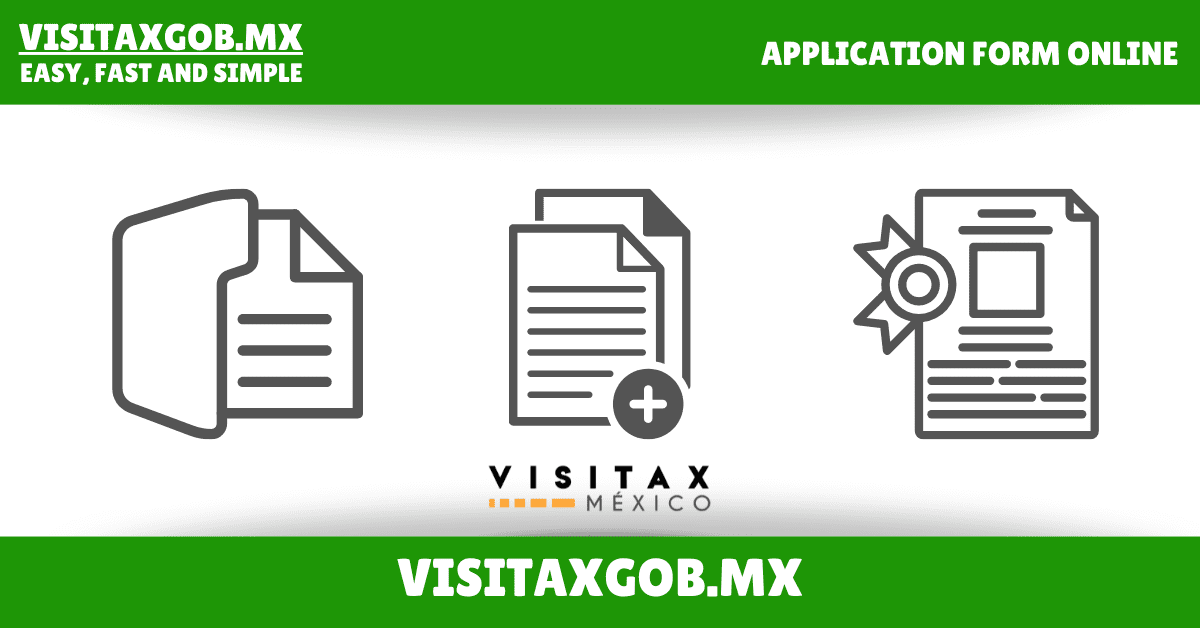How Many States Make Up Mexico?
Mexico, located in North America, is one of the most visited tourist destinations in the world. The country boasts of vibrant culture, rich history, and natural beauty. But have you ever wondered how Mexico is divided into states? In this article, we will discuss the number of states that make up Mexico, their names, and other interesting facts about them.
Mexico: An Overview
Mexico is the third largest country in Latin America and the 11th most populous country in the world. It shares borders with the United States to the north, Belize and Guatemala to the south, and the Pacific Ocean to the west and the Gulf of Mexico to the east. Mexico is a federal republic consisting of 32 states and one federal district.
Mexico’s Political Structure
Mexico is a federal republic with a presidential system. The President is both the head of state and the head of government. The Mexican Congress consists of two chambers: the Senate and the Chamber of Deputies. The Senate is made up of 128 members, two from each state, and the Chamber of Deputies has 500 members elected every three years.
How Many States Does Mexico Have?
Mexico is divided into 32 states and one federal district. Each state has its own government and constitution, while the federal district is governed by the federal government. The Mexican states are further divided into municipalities, which are the smallest administrative units in the country.
List of Mexican States Here is a list of the 32 states of Mexico:
- Aguascalientes
- Baja California
- Baja California Sur
- Campeche
- Chiapas
- Chihuahua
- Coahuila
- Colima
- Durango
- Guanajuato
- Guerrero
- Hidalgo
- Jalisco
- Mexico State
- Michoacán
- Morelos
- Nayarit
- Nuevo León
- Oaxaca
- Puebla
- Querétaro
- Quintana Roo
- San Luis Potosí
- Sinaloa
- Sonora
- Tabasco
- Tamaulipas
- Tlaxcala
- Veracruz
- Yucatán
- Zacatecas
- Ciudad de México (Mexico City)
Largest and Smallest Mexican States
Chihuahua is the largest state in Mexico, covering an area of 247,455 square kilometers, while Tlaxcala is the smallest state, covering an area of just 4,016 square kilometers.
Mexican State Capitals
Each state in Mexico has its own capital city, which serves as the seat of government. Here are the capital cities of the 32 states:
- Aguascalientes – Aguascalientes
- Baja California – Mexicali
- Baja California Sur – La Paz
- Campeche – San Francisco de Campeche
- Chiapas – Tuxtla Gutiérrez
- Chihuahua – Chihuahua
- Coahuila – Saltillo
- Colima – Colima
- Durango – Victoria de Durango
- Guanajuato – Guanajuato
- Guerrero – Chilpancingo
- Hidalgo – Pachuca
- Jalisco – Guadalajara
- Mexico State – Toluca
- Michoacán – Morelia
- Morelos – Cuernavaca
- Nayarit – Tepic
- Nuevo León – Monterrey
- Oaxaca – Oaxaca City
- Puebla – Puebla City
- Querétaro – Querétaro City
- Quintana Roo – Chetumal
- San Luis Potosí – San Luis Potosí City
- Sinaloa – Culiacán
- Sonora – Hermosillo
- Tabasco – Villahermosa
- Tamaulipas – Ciudad Victoria
- Tlaxcala – Tlaxcala City
- Veracruz – Xalapa
- Yucatán – Mérida
- Zacatecas – Zacatecas City
- Ciudad de México (Mexico City) – Mexico City
Differences Between Mexican States
Although Mexico is divided into states, each state has its own unique culture, history, and traditions. The geography and climate also vary widely across the states. For example, while the northern states are known for their deserts and arid landscapes, the southern states are lush and tropical. The states also differ in terms of their economic development, with some states being more industrialized and others relying more on agriculture and tourism.
Importance of Mexican States
The states of Mexico play a significant role in the country’s political and economic development. Each state has its own government, with a governor who is elected by the people. The state government is responsible for providing essential services, such as education, healthcare, and public safety. The states also contribute to the country’s economy, with some states being major producers of agricultural products, while others have thriving industries in manufacturing and services.
State Symbols in Mexico
Each state in Mexico has its own symbols, such as a coat of arms, flag, and anthem. These symbols reflect the state’s unique identity and culture. For example, the coat of arms of Jalisco features a deer and a cactus, which are both important symbols in the state’s history and culture.
State-level Elections in Mexico
In Mexico, state-level elections are held every six years, at the same time as presidential elections. During state-level elections, voters elect governors, state legislators, and mayors. These elections are important for determining the political landscape of the country, as the governors and state legislators have a significant influence on policy decisions at the state level.
State Government and Responsibilities
Each state in Mexico has its own government, which is responsible for providing essential services to its citizens. The state government is responsible for education, healthcare, public safety, and transportation, among other things. The governor of each state is the head of the state government, and is responsible for overseeing the state’s operations and policies.
Economic Contribution of Mexican States
The states of Mexico play an important role in the country’s economy. Some states, such as Nuevo León and Mexico State, are major centers of industry and commerce, while others, such as Chiapas and Oaxaca, rely more on agriculture and tourism. The economic contribution of each state varies, but together they form an integral part of the country’s economy.
Tourism in Mexican States
Mexico is a popular tourist destination, and each state has its own unique attractions. Some of the most popular tourist destinations in Mexico include Cancun, Los Cabos, and Puerto Vallarta. However, there are many other less well-known destinations that offer visitors a chance to experience the culture and natural beauty of Mexico’s states.
Conclusion
In conclusion, Mexico is divided into 32 states and one federal district, each with its own government and constitution. The states of Mexico play an important role in the country’s political, economic, and cultural development. Each state has its own unique identity, history, and traditions, and contributes to the country’s overall prosperity and well-being.

Discover the Xcaret Arte Cancun Hotel: The Epitome of Art and Luxury in Mexico

How to Easily Pay Visitax Mexico Online – A Comprehensive Guide

Everything You Need to Know About Visitor Tax in Mexico

The Ultimate Guide to Mexico’s Tourist Fee: What You Need to Know

How to Easily Pay Mexico’s Tourist Tax: A Step-by-Step Guide

Everything You Need to Know About Mexico’s Airport Tax

Mexico’s Visitor Tax: A Comprehensive Guide for Travelers

Understanding the Exit Tax for Mexico: What You Need to Know

Everything You Need to Know About the Departure Tax for Mexico

Cancun Departure Tax: Everything You Need to Know

Where is Cancun located in Mexico map?

The Best Way to Get from Cancun Airport to Your Hotel

Can You Go To Cancun Without A Passport?

How Much Does the Average Trip to Cancun Cost?

Exclusive Deals: 1 Week All Inclusive Vacation in Cancun

The Top 10 Cancun Resorts for a Vacation You’ll Never Forget

How many days should I spend in Cancun?

4 Nights All Inclusive Vacation Packages to Cancun Mexico

How Many States Make Up Mexico?

Where to Eat in Cancun: The 20 Best Restaurants

Paradisus Cancun Resort & Spa – All-Inclusive Resort

Cancun vs Playa del Carmen – What’s the Difference?

What Is the Legal Drinking Age in Mexico?

What to do in Cancun Mexico?
FAQs
Which is the largest state in Mexico?
Chihuahua is the largest state in Mexico.
How many states does Mexico have?
Mexico has 32 states and one federal district.
Which state is known for its tropical climate?
The southern states of Mexico, such as Chiapas and Oaxaca, are known for their tropical climate.
How are state-level elections held in Mexico?
State-level elections are held every six years, at the same time as presidential elections.
Which state is known for its manufacturing industry?
Nuevo León is known for its manufacturing industry.
Tourist Tax Mexico ® | Visitax Cancun ®
Visitax Mexico® es un sitio web privado desarrollado por Academia Digital ® y no está vinculado o puede estar asociado con ninguna agencia gubernamental (visitax gob mx). Visitaxgob.mx ayuda a los viajeros a pagar el impuesto estatal al turismo de Quintana Roo. – Todos Los Derechos Reservados ©2023
